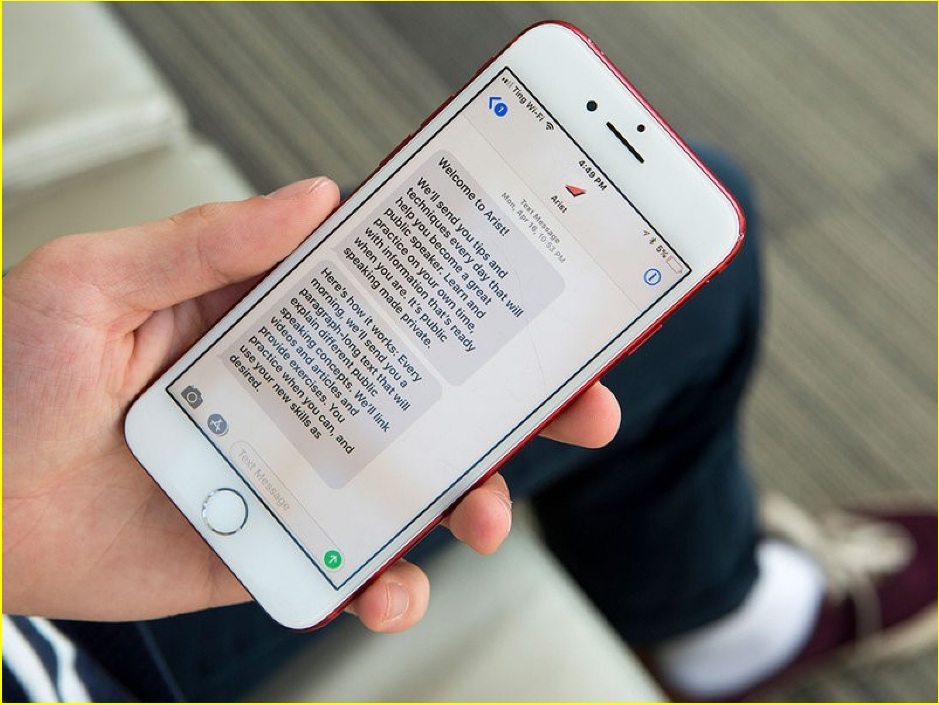7 Micro Learning Strategies To Maximize Your Curriculum’s Success
While microlearning is becoming increasingly fashionable in today’s e-learning scene, it’s critical to do it the correct way.
This article will share seven micro learning strategies that will help you get the most out of your curriculum.
Let’s roll. (emoji)
What is micro learning?
In simple terms, micro learning is the delivery of small, specific, and contextualized doses of learning content.
Microlearning can take a variety of forms such as videos, articles, infographics, social media posts, podcasts or text courses.
Usages of micro learning:
Microlearning can be used in a variety of ways, but the most common are:
1) Professional development
2) Personal learning
3) Compliance training
4) Corporate training
5) eLearning courses for passive income generation
And many others.
Microlearning has become very popular because:
1) It’s a great way to learn new things quickly and retain the information better.
2) It can be tailored to meet the needs of the individual learner.
3) It is cost effective.
4) It is easily digestible.
5) It is easily accessed.
6) It can be fun and engaging.
How do you develop a micro learning curriculum?
Here are some of the strategies you can use to develop a micro learning curriculum:
1) Gamify the learning:
Gamification is a great way to keep students engaged. It involves adding game elements to learning in order to make it more fun and exciting.
For example, you can add points, badges, leaderboards, and other rewards to motivate students.
2) Write your lessons in questions:
This is a great way to help students focus on the key points of the lesson. It also helps them retain the information better.
3) Use infographics:
Infographics are a visually appealing way to present information. They are easy to understand and can help the learner learn new concepts quickly.
4) Mix and match micro learning with synchronized learning:
Synchronized learning is a technique where learners are taught in small groups so that they can provide support to each other. This technique is very effective for complex topics.

5) Incorporate SMS:
SMS or text messages are a great way to send small doses of learning content to the learner.
6) Use AI to engage your students:
Artificial intelligence can be used to create engaging and interactive lessons that keep the student’s attention.
7) Use personalized copy:
When you use personalized copy, you are addressing the student by name and speaking to them in a personal way. This is a great way to engage the student and keep them interested in the material.
The digital age has elevated students’ expectations for relevant, contextual, and convenient experiences to unprecedented heights. And with good reason—given the overwhelming amount of information available to us at any given moment, we need access to learning that is short, sweet, and easily consumable.
In Closing
Micro learning has become one of the most popular ways to meet these needs by delivering small doses of content in an easily digestible format. While there are many strategies you can use to make your micro learning curriculum successful, the seven strategies listed in this article are a great place to start. Do you have any questions about developing a micro learning curriculum? If so, let’s have a call so we can go over our micro learning course design services.



